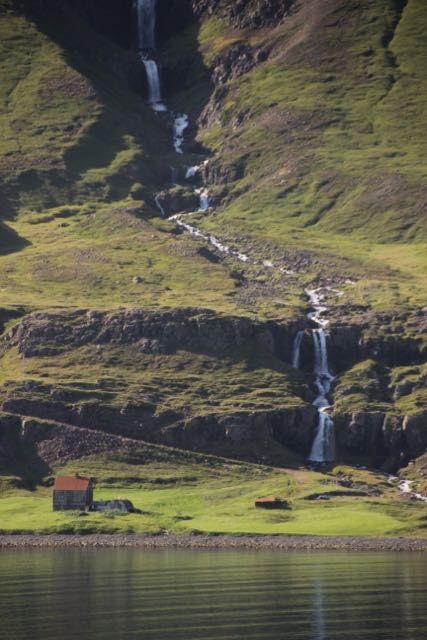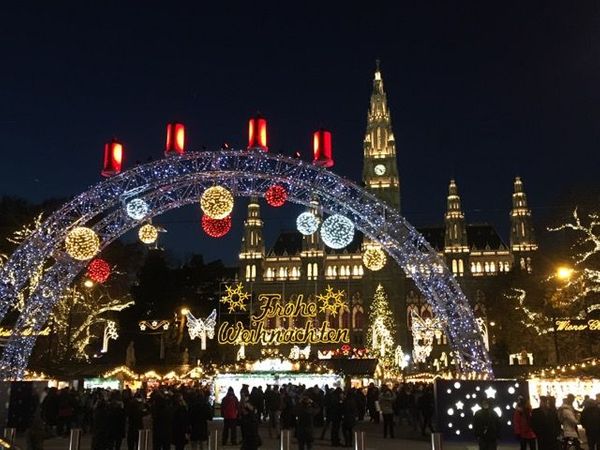Random thoughts from the Arctic.
(Team Panini, David and Jeanne, cruise from Copenhagen to Norway, Iceland, Faroe Islands and the Shetland Islands.)
July 2018.
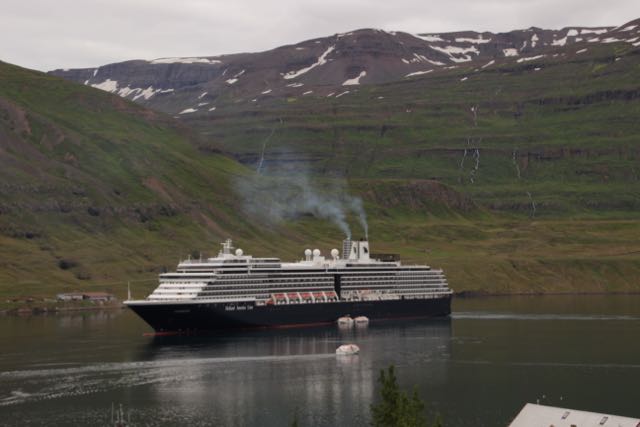
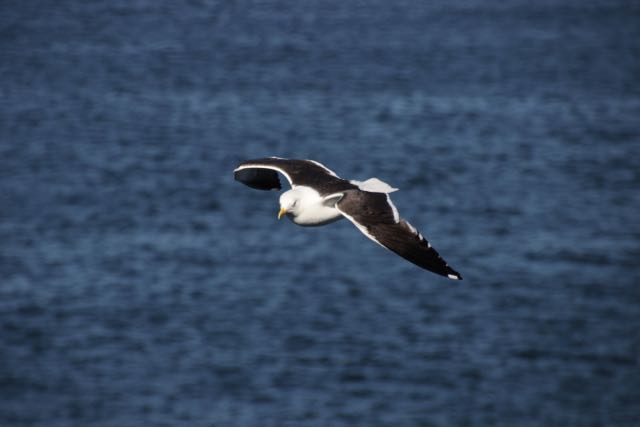
Weird huh? We stand in awe on our cabin's balcony just after midnight, revelling in the striking red sunset behind the cliffs of the fiords. Snow on top glows an eerie pink as we cruise the northern coastline of Iceland, escorted silently by numerous arctic terns gliding effortlessly just above the rise and fall of the ocean and our bow wave. These birds have been our loyal wingmen since Denmark. Not long after sailing out of Seydisfjordur, Iceland, we crossed the Arctic Circle and sleep doesn't come easily due to the almost 24 hours of sunlight each day. The sun is a boisterous bedfellow at present. It reluctantly disappears just below the horizon at about 12.30am, loiters there briefly in a type of late afternoon twilight, then at about 2.30am it pokes its head back over the horizon. I'm baaaack! Our cabin has heavy drapes to manufacture a night with some darkness. Their absence would do your head in! I can't begin to consider the opposite season - 24 hours of darkness in winter. The circadian rhythms of people living in the Arctic Circle have obviously evolved over time, but I have difficulty imagining an absence of warm sunlight on my skin, or a lack of vivid colours in my natural environment. But, hey, I'm a product of subtropical Australia. My lineage probably would have been extinguished if we'd had to hunt and fish like crazy, in a ridiculously small boat through 6 months of perpetual daylight, prior to an unedifying 6 months of chewing salted cod by the dim and rancid light of a whale-oil candle.
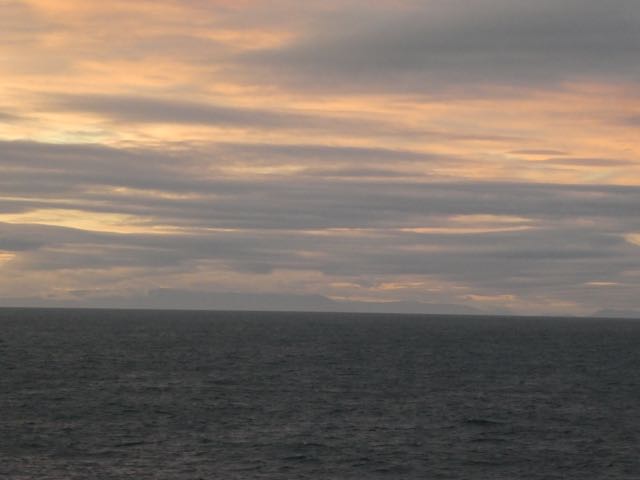
12.30am. Is it time for sleep yet?

2am and we can't sleep. Sunrise shortly.
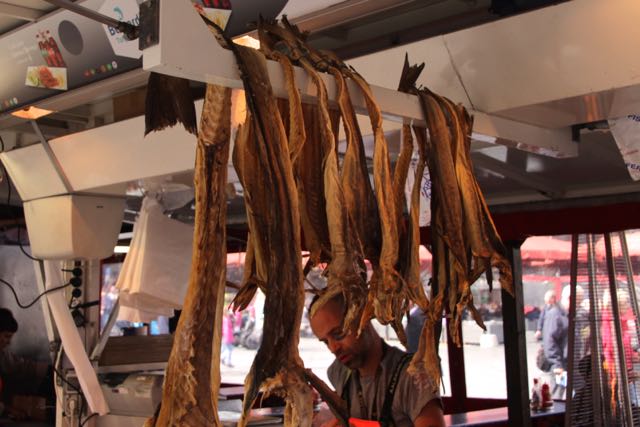
Salted, dried cod. Mmmm yum.
Getting from Oz to Copenhagen proved difficult. Air trolls were at work undoing our carefully laid plans. Due to a huge fog in Sydney airport, we were almost 2 hours late flying out from Coffs Harbour. We then shuttled from Domestic across to the International terminal in Sydney. Fortunately they were 45 minutes late to board the Qantas flight to London due to a “catering issue.” We boarded… we sat…. we waited…. and waited. Then an announcement that there was a “staffing issue.” We already knew that because one of the flight attendants was ensconced inside a toilet cubicle just near our seats and her colleagues were banging on the door checking on her. Eventually there was another announcement informing us that the cabin crew member needed ambulance attention and was stretchered from the plane. Then another announcement that baggage handlers needed to access the cargo areas to find her checked luggage because it’s illegal for luggage to fly without the passenger. Eventually we left Sydney. Late.
Had the air trolls finished their mischief? No. Reboarding the flight after a 1 hour stop and refuel in Singapore airport, we’re strapped in and ready to go. Yeah! A passenger in the seat beside us was seated in the emergency exit row. She looks down on the floor and notices a large metal pin with a flange on the end, about the size of an adult’s finger, lying on the floor at the base of the emergency exit door. She summons a member of cabin crew. More cabin crew members arrive. Ground maintenance crews board the plane; there’s collective head scratching. This is all unfolding right beside us. The underneath of the door is checked with a torch. Eventually another announcement. Passengers will remain in their seats while they send the metal pin off to aviation engineers to determine if this a piece of the plane! It’s not a good look. After another 45 minutes, the engineers decide it’s not a piece of the plane. The wing will probably stay attached. We can depart. Have the trolls had their fill now? No. Ultimately we arrived in London way too late to connect with our flight to Copenhagen.
Will British Airways put us on a later flight? Yes they will…. yayyy!
But we have to buy new tickets….boooo!
And…. there are no seats left on the next flight to Copenhagen. Will tomorrow’s flight be OK?
Whaaaat? Absolutely not. We board our cruise ship tomorrow in Copenhagen.
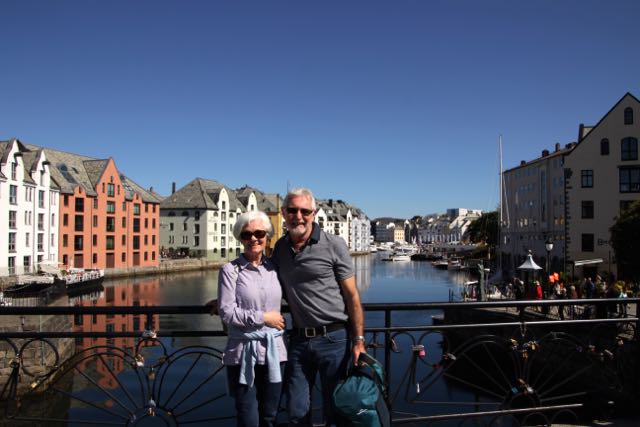
An Oscar winning performance is required – we gnash our teeth, pull out our hair, feign shortness of breath – and eventually we’re wait-listed for the next fully booked flight. The trolls are having a field day. A short time before the flight, we’re called over and informed that a group of 3 passengers have phoned to say their taxi is stuck in traffic between Gatwick airport and Heathrow and may not arrive in time.
“Awww. Poor buggers. Rotten luck for them, innit?” I mumble but silently I’m screaming “Yessss!” and punching the air. And we literally run towards security, glancing furtively back over our shoulders for 3 passengers exiting a taxi and attempting to overtake us. And eventually we slump into our seats, exhausted, and I’m scanning out through those windows waiting for 3 angry faces to appear at the glass, clinging precariously to the fuselage. And then we’re hurtling down the runway and lifting off for Copenhagen. The rushing air would have swept them off the fuselage by now, and gravity would have done the rest. So what else could you throw my way, huh trolls? Well, I didn’t see this one coming…. a male passenger at the back of the plane has a panic attack and cabin crew bring him forward and ask if they could seat him beside me. Of course, I whimper, and spend the next hour trying to talk calmly with him and take his mind off where he is. Bit of an ask after 40 hours with almost no sleep.

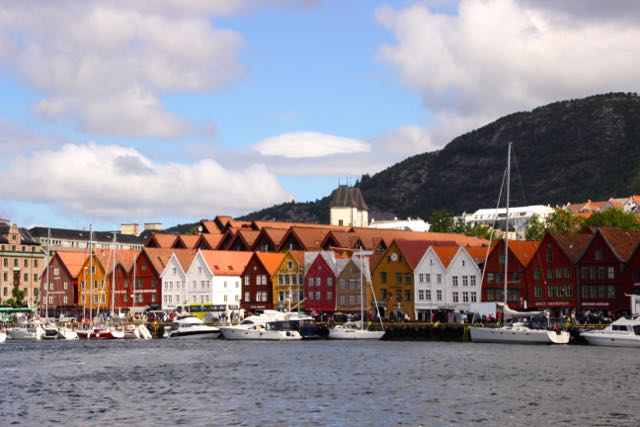
Today’s small cities of Bergen and Alesund are beautiful in a quaint Norwegian way. They value and promote their heritage. Both are deep harbours set in a backdrop of colourful hillside Norwegian homes and fleets of ocean going vessels. Freighters, modern yachts, working ships (tugs, refuellers etc), small craft, ancient craft, all line the harbourfront adding to the melange of vibrant colours. The older parts of Bergen are awash with festively painted wooden homes with steep pitched roofs. The Bryggen area of old Bergen is heritage listed by Unesco. Wandering amongst the many small wooden shops and cafes, through narrow alleys, is a delight to the senses. The fish markets also throw up an assortment of smells and a visual feast of seafoods I'd never seen before. Fresh, smoked, salted, pickled, large, small, beautiful, ugly..... it had it all. And you should see the size of their King crabs. Hate to get one them down my speedos.
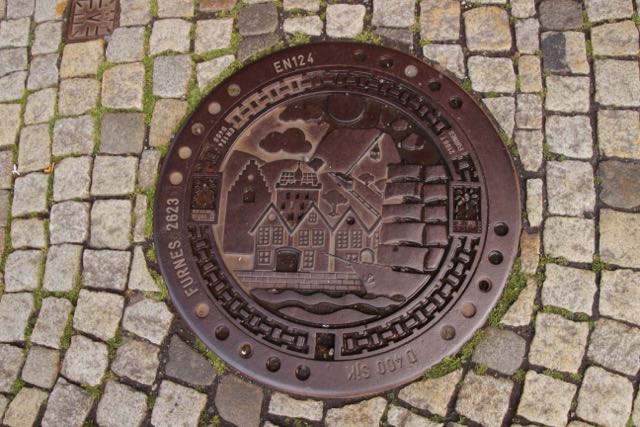

These reindeer didn't make the cut for interviews with Santa.
Alesund, Norway, is one of the most picturesque harbours in the world. It was regularly visited in the late 1800s by the Prussian emperor Kaiser Wilhelm when he needed to escape the pressures of kaisering, empire building and other emperor stuff. Alesund’s architecture today is mostly all post 1904 art-deco style because wooden buildings, crowded together, are a bonfire-in-waiting. In winter 1904 a fire raged through Alesund at night, aided by the fierce winds of a gale, and destroyed the whole city. Ten thousand people were suddenly homeless overnight. Kaiser Wilhelm mobilized ships, architects and tradesmen to aid Alesund, and a whole small city was rebuilt in the style that was the rage at the time – art deco. There’s a path with a set of 418 painful steps leading from the harbour up to a hill above Alesund. It provides a magnificent view of the harbour and the art-deco part of the city. There’s also a bus which goes up there. Yes! My suggestion to Nene Panini (Jeanne) went along the lines of how comfy that bus looked, and how relaxed we’d be when we arrived at the top, ready to take professional quality photos with our steady hands. It was met with a furrowed brow and a derisive snort. Needless to say, my suggestion stunk. As I slithered up the 418th step, and collapsed onto a bench seat, gasping for oxygen, the scene was stunning. Or I’m told it was, I’d blacked out. Those buses at the top looked really good for the return journey. My jellied legs agreed. So how did we return to the harbour? Yep, we walked down the 418 steps. Once again, Nene set out at a cracking pace and I skulked behind, muttering measures of ill-will to the happy birds nearby. And if I’d encountered one of those Norwegian mountain trolls, I’d have punched it.


Something I’ve appreciated up here is the sheer physical and mental toughness of the Viking forebears of today’s Norse, Danish, Faroese and Icelandic people. We jagged an almost unheard of 2 week spell of fine weather during our cruise and the forecast is for another couple of weeks of the same in the North Atlantic. But the weather up here is usually unpredictable, ranging from marginal at best, to downright miserable. The early Vikings rowed open boats around the North Sea and North Atlantic without modern navigation, through ferocious weather, icebergs, huge seas, terrifying currents and nil visibility sea fogs. Pillaging and plundering must have been a powerful aphrodisiac which masked the senses to the dangers of being on the seas. Imagine the sight of Ragnar, Bjorn Ironside, Erik the Red, Leif Eriksson, or Chris Hemsworth appearing from the sea and rampaging towards your village. After the deprivations of sea voyages, they probably weren’t looking for a hug.


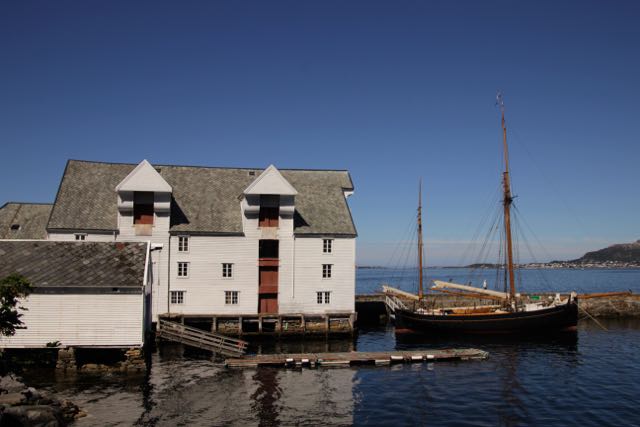
For a couple of days we experienced thick sea fogs, and our attempts to sleep weren’t aided by the constant blasts of our ship’s foghorn. The morning after crossing into the Arctic Circle, the captain informed us that an iceberg had been reported around 80 km north of our ship. If he’d announced that the night before, he’d have had an extra, caffeine-laden, nightwatchman. I’ve seen the movie ‘Titanic.’ It’s got a rubbish ending.

Historically, Norwegians and Icelanders have been religious peoples. Thor and Odin were gods before Christianity took over. Even so, they acknowledge that their version of Christianity has comfortably accommodated a strong belief in trolls and elves. Trolls are a big part of Norwegian lore. We were told by a local guide that over 60% of Icelanders either believe that elves exist or could possibly exist. Some homes and farms even have small doll-sized houses outside for their use. The state church is Lutheran but many Icelandic people believe that they co-exist with Huldufolk, the ‘hidden people.’ These are people who look the same as us (hairy legs, knobbly knees, beards; the menfolk are the same.) However, they live in nature all around us but we can’t see them. When Adam and Eve tried to hide their other children from God, he wasn’t amused and decided that those kids and their decendants should remain hidden from view forever. Whenever machinery breaks down during road or other engineering projects, the hidden people are supposed to be the saboteurs who are just demonstrating their disapproval of the project. They’re not thought of as a problem, just co-existent beings.
I was unable to photograph any. Sorry.



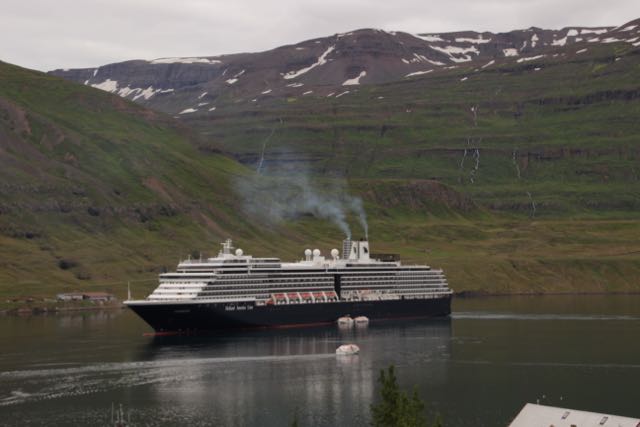
Iceland has been on my bucket list for many years. It lived up to all my expectations. The coastline is mostly tall, dark and brooding cliff faces, interspersed with deep fjords created by ancient glaciers. It’s mostly a rainy climate, so the cliff faces and steep hillsides are covered in numerous, amazing waterfalls as the rainfall and snow-melt dances enthusiastically towards the ocean. It’s also a very volcanic island and there are many geothermal areas with geysers and steam vents. Iceland creates and uses 100% green energy as they take advantage of falling water and geothermal steam to spin their electrical turbines. Smart huh? You work with what you’ve got. That’s another reason why we should think long and hard before making quick judgements about their consumption of horse, reindeer, fermented shark, raw puffin hearts and minke whale.


At the base of many of the steep cliff faces are thin strips of scree, fallen debris and soil which are level enough to be farmed. Cruising the coastline of the fiords, we noticed thin green lines of farmland are usually sown with hay-making crops. Some had already been harvested into large round hay-bales, in preparation for winter food for the sheep, and sealed in plastic for protection from the constant rains. Many of those fields were dotted with different coloured plastic bales. We assumed that they contained different crops. But no, pink bales indicated that the farmer was donating to breast cancer research and blue bales indicated support for prostate cancer research. Not sure what the yellow, black, green and white bales represented. In the winter, sheep are housed down near the waterfront due to the snows, whilst in summer the sheep are let loose up into the high country. Due to the steepness of the hillsides, Icelandic sheep have grown longer legs on one side to compensate. They can only walk in one direction around the hills. Trying to walk in the opposite direction can result in rollovers. But nothing is wasted, they’re collected and served in lamb rolls.
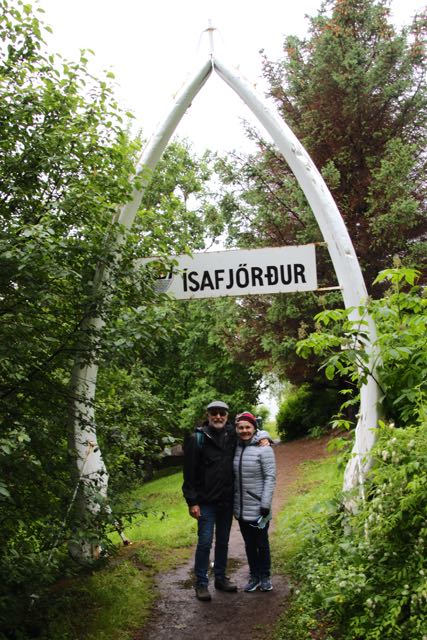
The arch is made from the bones of a whale. Big one huh?
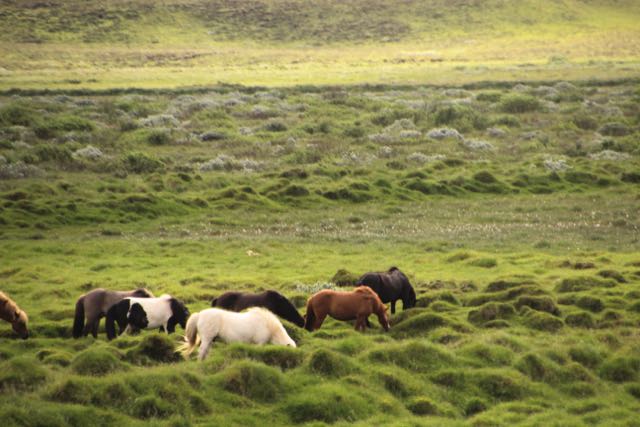
How beautiful are Icelandic ponies? They’re a small breed developed in Iceland, and they have five recognised gaits rather than four. Standing together in fields, their sway backs are quite distinctive. They look like they’ve been ridden by people way too big. They’re taller than the tiny Shetland ponies we saw around the Shetland Islands, but they seem to be everywhere. The downside to riding smaller breeds is they’re slower; the upside is a shorter distance to the grass when you fall off.
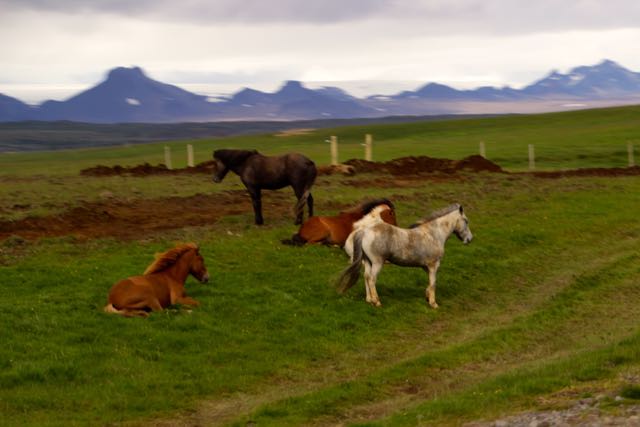

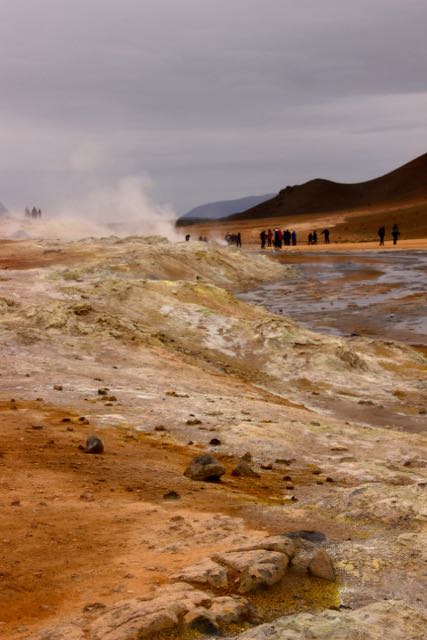

On one of our days in Reykjavik, the Paninis took a bus trip inland to the Geysir geothermal area, the Gullfoss waterfall, and to Thingvellir national Park. Thingvellir is a world Heritage Site and is a rift valley formed by 2 tectonic plates which are slowly being pulled apart from each other. It’s also the traditional site of the Althing which is the parliament that was created over a thousand years ago. There are no buildings, just a long, thin, deep scar across the crust of the earth. It was special to stand in such a magical place and imagine the yearly meetings of all these Icelandic forebears.
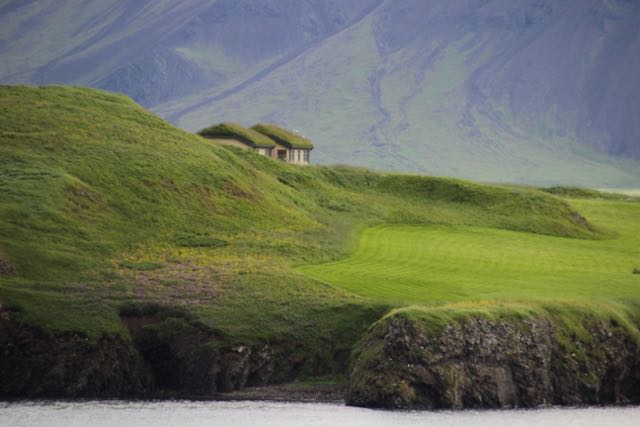

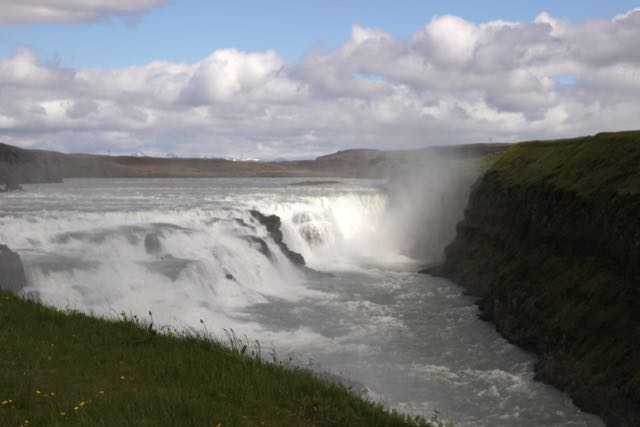
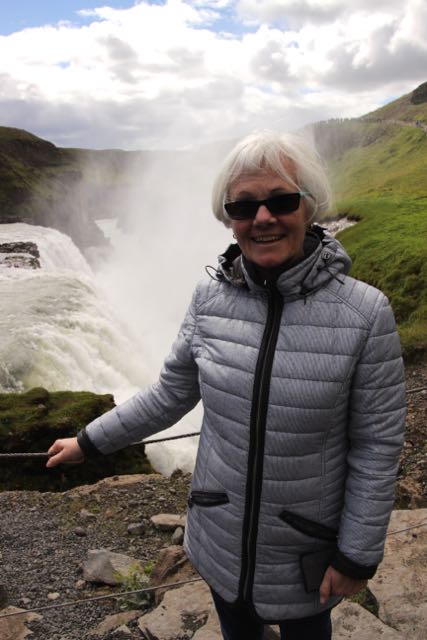
The Faroe Islands and the Shetland Islands are lonely outposts in the north Atlantic. Each group of islands has had a Viking past and today rely on farming and the sea. The Faroes is a semi-autonomous outpost of Denmark, and the Shetlands belongs to Scotland. Torshavn, the capital of the Faroes, is an unexpected gem. It’s a colourful, historic port and the people are very friendly. They speak a mixture of Faroese and Danish, but most younger people speak some English. The countryside is less harsh than the cliffs of Iceland, but even today the weather and steep mountains regularly claim the lives of farmers, fishermen and hikers.





One hour’s drive outside Lerwick, the capital of the Shetlands, there’s an archaeological dig site which is fascinating. Uncovering layers at Jarlshof has revealed outstanding examples of stone-age, bronze age, iron age, Pictish, Viking and medieval houses. Each new civilization built over the top of earlier dwellings. The wheel houses, built entirely of stone, show just how smart those people were, given the engineering limits they had in 200 BC.

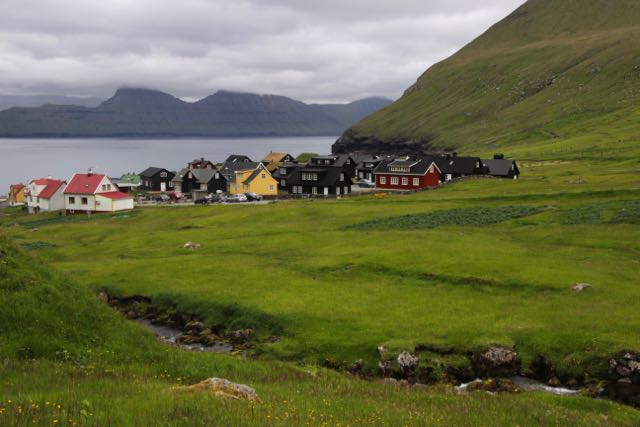
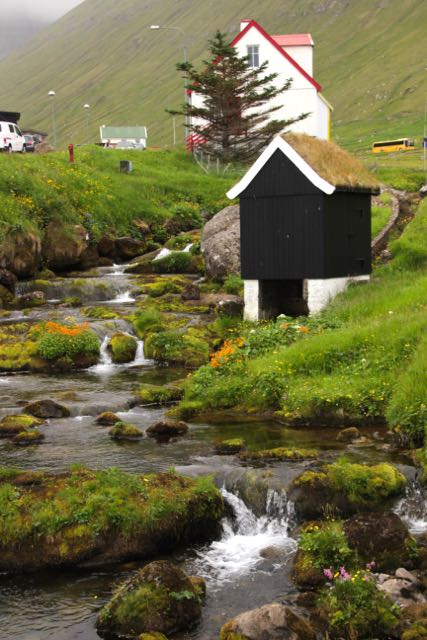

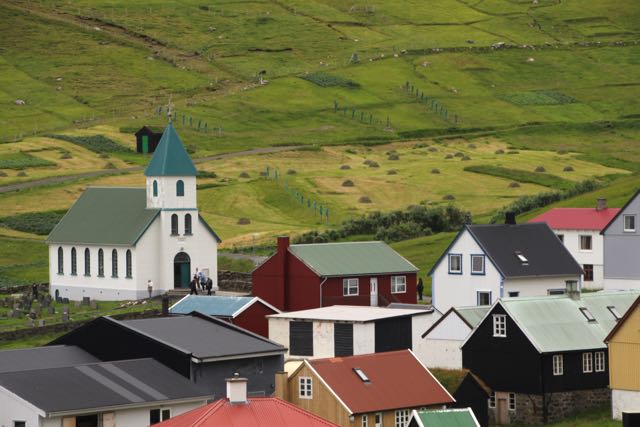
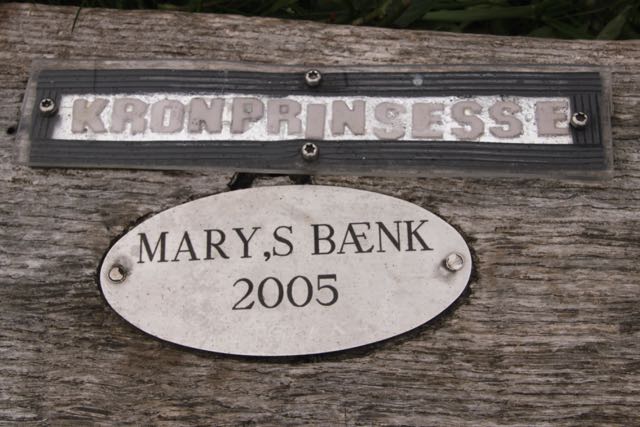
Princess Mary of Denmark (formerly from Tasmania, Australia) sat on this bench to admire the view in this remote village in the Faroes. Jeanne Panini sat here too.
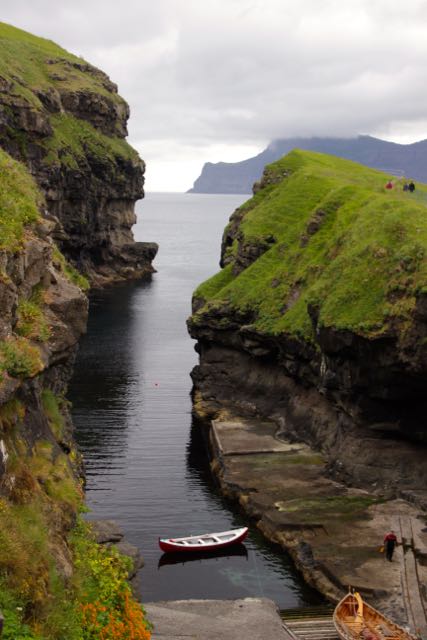


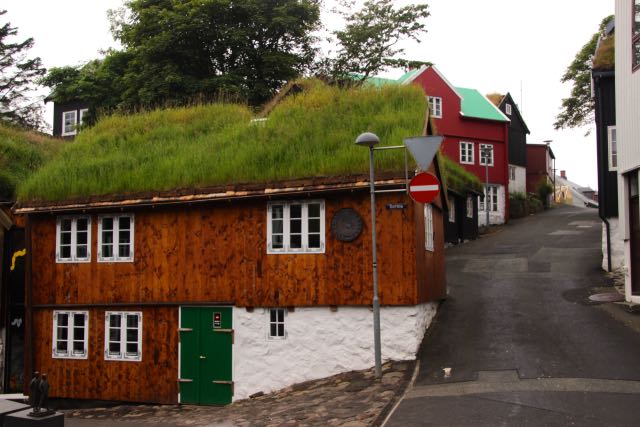

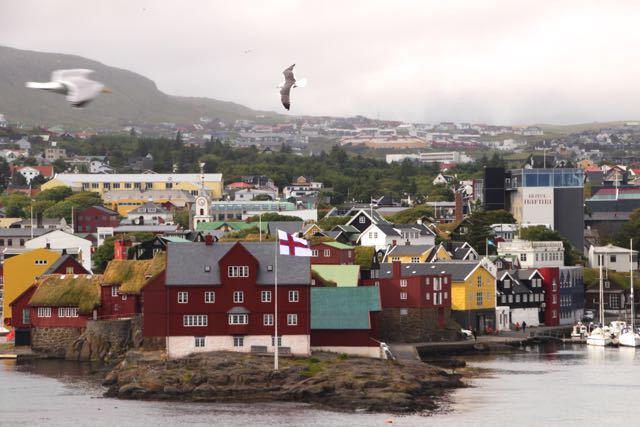

During our 2 week cruise, we experienced 3 different classes of mammal in the North Atlantic. We were lucky enough to observe some minke whales not far from the Norwegian coast, and silently wished them further out to sea, far from any harpoons. We also observed a colony of huge seals lolling on a beach in the Faroes. Not sure what variety, but they were a motherlode of tallow.
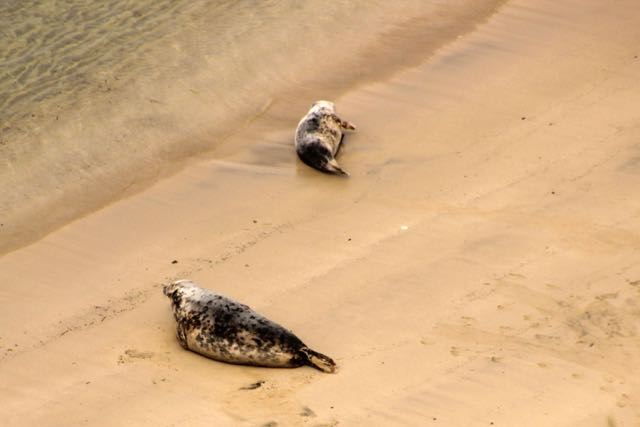
Our 3rd mammal was only in the water briefly. Entering the harbour in Seydisfjordur, Iceland, the pilot boat from the harbour drew alongside our moving ship to let a local pilot board us and guide us in. There was a small platform and opened doorway waiting for him at water level. He stepped aboard, missed his landing, fell backwards, clung briefly to the landing then fell into the freezing North Atlantic. He was retrieved quickly, and we entered the port without a local pilot. Because he had set foot on our ship, it had to be reported as a “man overboard” incident. Wonder which hurt the most, the sting of the freezing North Atlantic or the sting of humiliation!
But we’re currently enjoying a week in a very old, small fisherman’s house right at the harbour of Mevagissey, Cornwall, England. We’re next door to the Fountain Inn, a stunning 15th century pub. The lures of coastal walks around old smuggling bays, day trips to St Ives and Fowey, and the great atmosphere, music and food provided by publicans Lyn and Bill in the Fountain Inn have caused some tardiness in getting this blog posted. Enjoy.
David Dodd.
26th July 2018.

